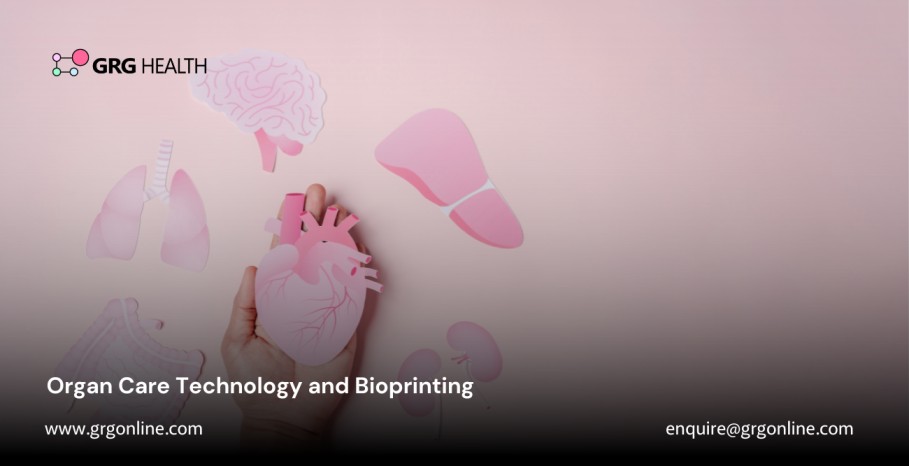
The fields of organ care technology and bioprinting are revolutionizing the landscape of transplantation and regenerative medicine. As the demand for organ transplants continues to outpace supply, these cutting-edge technologies offer promising solutions to address the organ shortage crisis and improve patient outcomes. This article explores the latest advancements in organ care technology and bioprinting, highlighting their potential to transform healthcare.
The Need for Innovation in Organ Transplantation
Organ transplantation is a life-saving procedure for patients with end-stage organ failure. However, the limited availability of donor organs remains a significant challenge. According to recent statistics, thousands of patients die each year while waiting for a suitable organ donor. This stark reality underscores the urgent need for innovative solutions to expand the pool of viable organs and enhance transplantation outcomes.
Advancements in Organ Care Technology
Organ care technology has made significant strides in recent years, particularly with the development of the TransMedics Organ Care System (OCS). This revolutionary technology preserves donor organs in a warm, functioning state by perfusing them with oxygenated and nutrient-rich blood. Unlike traditional cold storage methods, the OCS allows for continuous assessment and optimization of organ health during transport, significantly increasing the number of organs available for transplant.Key benefits of organ care technology include:
- Extended Preservation Times: By maintaining organs in a physiological state, the OCS extends preservation times, reducing the risk of ischemic injury and improving transplant outcomes.
- Organ Viability Assessment: Continuous monitoring of organ function allows for better assessment of viability, ensuring only the healthiest organs are transplanted.
- Improved Clinical Outcomes: Studies have shown that organs preserved using the OCS have lower rates of post-transplant complications, leading to better patient outcomes.
The Promise of 3D Bioprinting
3D bioprinting is an innovative technology that holds the potential to address the organ shortage crisis by creating bioengineered organs and tissues. This technique involves layer-by-layer deposition of biomaterials and living cells to construct functional tissue constructs. Recent advancements in bioprinting have enabled the creation of complex structures, such as blood vessels and hollow organs, paving the way for future applications in organ transplantation.Key applications of 3D bioprinting in regenerative medicine include:
- Bioengineered Organs: Bioprinting offers the potential to create fully functional organs tailored to individual patients, reducing the risk of rejection and eliminating the need for immunosuppressive drugs.
- Tissue Regeneration: Bioprinted tissues can be used to repair or replace damaged tissues, offering new treatment options for conditions such as burns, bone defects, and cardiovascular diseases.
- Drug Testing and Disease Modeling: Bioprinted tissues provide a platform for testing new drugs and studying disease mechanisms, reducing the reliance on animal models and accelerating the development of new therapies.
Challenges and Future Directions
Despite the promising potential of organ care technology and bioprinting, several challenges remain. For organ care technology, the high cost and complexity of devices like the OCS may limit widespread adoption. Additionally, further research is needed to optimize perfusion solutions and techniques to ensure the best possible outcomes.In the realm of bioprinting, challenges include developing bioinks with optimal properties for printing and ensuring the long-term viability and functionality of bioprinted tissues. Regulatory hurdles also need to be addressed to facilitate the translation of bioprinted products into clinical practice.Looking ahead, the integration of artificial intelligence (AI) and machine learning with these technologies could further enhance their capabilities. AI-driven algorithms could optimize organ matching and allocation, predict organ viability, and personalize bioprinting processes based on patient-specific data.
Conclusion
Organ care technology and bioprinting represent the forefront of innovation in transplantation and regenerative medicine. By addressing the limitations of current organ preservation methods and offering new avenues for creating bioengineered tissues, these technologies have the potential to transform patient care and save countless lives. As research and development continue, the future of transplantation and regenerative medicine looks increasingly promising, offering hope to patients worldwide who are waiting for life-saving interventions.







